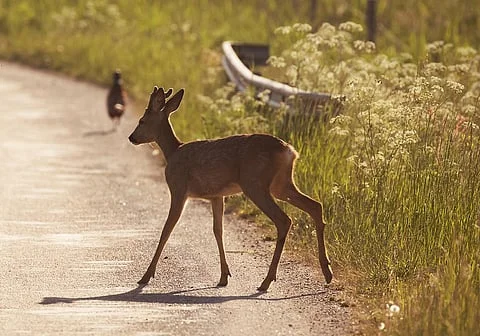
New Controversial Endangered Species Rule Changes Definition of Harm
In a significant regulatory shift, the U.S. Fish and Wildlife Service has introduced a new rule that redefines what constitutes 'harm' to endangered species. This change has sparked widespread debate among conservationists, scientists, and policymakers regarding the implications for habitat preservation and wildlife protection.
The primary aspect of this new rule is that habitat loss, often a critical threat to numerous endangered species, will no longer be classified as harm. Instead, harm will now be narrowly defined, focusing on direct actions that lead to the injury or killing of individual animals. This could potentially lead to a decrease in protections for habitats that are essential for the survival of various species.

Conservationists have voiced strong concerns about this change, emphasizing that habitat loss is one of the leading causes of decline in many species. The National Wildlife Federation stated, "This rule could lead to further extinctions, as it removes vital protections for habitats where endangered species require safe environments to thrive." This perspective highlights an essential debate: Are we valuing individual animals over the ecosystems that support them?
Furthermore, proponents of the rule argue that by narrowing the definition of harm, it encourages development and economic growth, claiming that regulatory burdens can hinder job creation. They argue that a more flexible approach could allow for better balance between wildlife protection and economic interests. However, critics counter this claim, warning that economic growth at the expense of biodiversity could have long-term detrimental effects on our environment.
As more voices join the discourse, it's clear that this ruling will have far-reaching consequences. The debate ultimately raises questions about how society prioritizes economic activities against environmental conservation. Can we find a middle ground that allows for both development and the preservation of our precious biodiversity?
In conclusion, the recent changes to the endangered species rule highlight a crucial intersection between human progress and environmental sustainability. This evolving situation prompts readers to reflect: How can we advocate for endangered species while also acknowledging the need for economic development? We invite you to share your thoughts and engage in this vital conversation.